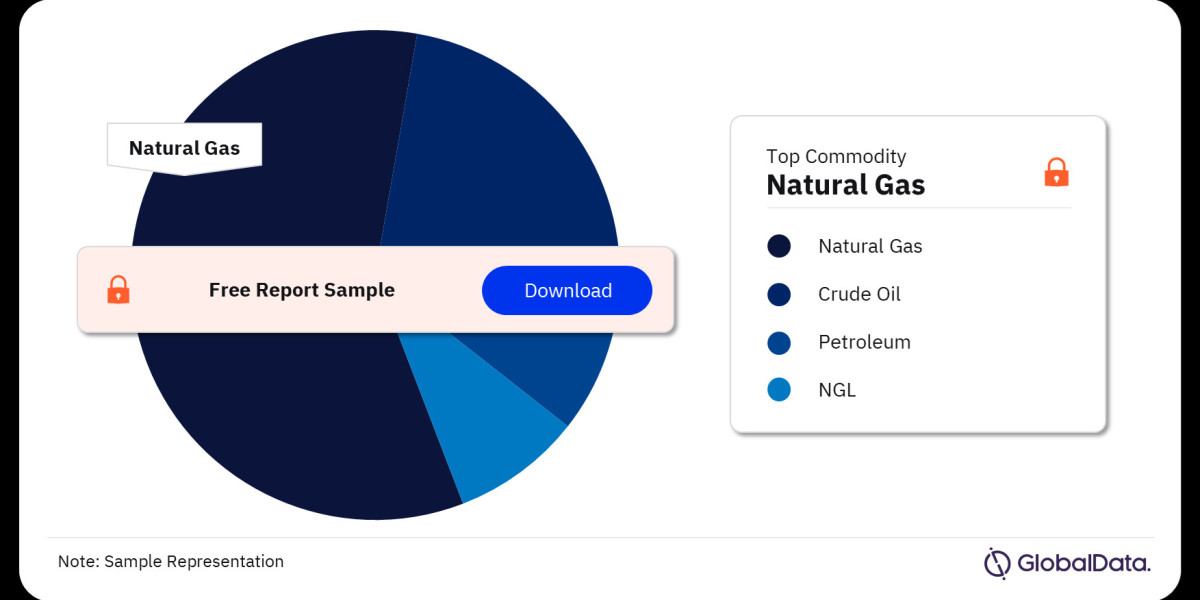The oil and gas pipelines market encompasses the entire value chain, from the manufacturing of pipes to their installation, operation, and maintenance.
This article delves into the current landscape of the oil and gas pipelines market, exploring its size, growth projections, key drivers, and challenges. We will also analyze the market segmentation, prominent materials used, and the evolving regulatory environment.
Market Size and Growth Trajectory
The oil and gas pipelines market is a multi-billion dollar industry. According to various market research reports, the global market size was valued at:
- USD 63.8 Billion in 2022 (Mordor Intelligence)
- USD 62 Billion in 2022 (Fact.MR)
The market is expected to register significant growth in the coming years, with a Compound Annual Growth Rate (CAGR) ranging from:
- 6.7% to 8.00% during the forecast period 2023-2032/2033 (Fact.MR, Market Research Future)
This projected growth can be attributed to several key factors:
Major Drivers of the Market
- Rising Energy Demand: The global demand for oil and gas, particularly in developing economies, is anticipated to continue its upward trajectory. This necessitates the expansion of existing pipeline infrastructure and the development of new pipelines to meet the growing transportation needs.
- Increased Natural Gas Consumption: Natural gas is increasingly being favored as a cleaner alternative to traditional fuels. This shift towards natural gas is expected to propel the demand for gas pipelines significantly.
- Offshore Exploration Activities: The surge in offshore exploration activities, especially in deep-water environments, necessitates robust pipeline networks to transport the extracted resources efficiently.
- Expansion of Refining Capacities: Growing demand for refined products like gasoline and diesel is driving the expansion of refining capacities globally. This, in turn, fuels the need for pipelines to transport crude oil to refineries and refined products to distribution centers.
Market Segmentation and Materials
The oil and gas pipelines market can be segmented based on various factors:
- By Product: Crude Oil Pipelines, Natural Gas Pipelines, Refined Product Pipelines
- By Geography: North America, Europe, Asia Pacific, Middle East & Africa, South America
- By Pipe Material: Steel, Stainless Steel, High-Density Polyethylene (HDPE), Polyvinyl Chloride (PVC)
Steel pipelines have traditionally dominated the market due to their strength and durability. However, stainless steel is gaining traction due to its superior corrosion resistance, particularly in offshore applications. Additionally, high-density polyethylene (HDPE) is emerging as a viable alternative for shorter pipelines due to its cost-effectiveness and flexibility.
Challenges and Considerations
Despite the projected growth, the oil and gas pipelines market faces several challenges:
- Environmental Concerns: Pipeline construction and operation raise environmental concerns, including potential leaks, spills, and habitat disruption. Stringent environmental regulations can add complexity and cost to pipeline projects.
- Geopolitical Issues: Geopolitical instability in certain regions can disrupt pipeline projects and impact energy security.
- Public Opposition: Public opposition to pipeline projects due to environmental concerns and safety risks can pose significant hurdles for project development.
- Shifting Energy Landscape: The growing adoption of renewable energy sources could potentially dampen the long-term demand for oil and gas pipelines.
Regulatory Environment and Future Outlook
The regulatory environment surrounding oil and gas pipelines is constantly evolving. Governments are increasingly focusing on pipeline safety, environmental protection, and public participation in project development. These regulations can impact the cost and timeline of pipeline projects.
The future outlook for the oil and gas pipelines market hinges on a delicate balance between factors. While the rising demand for oil and gas, particularly natural gas, is a driver, the growing adoption of renewables and stringent environmental regulations pose challenges. The market's long-term trajectory will depend on the pace of global energy transition and the development of more sustainable pipeline technologies.
Conclusion
The oil and gas pipelines market remains a critical component of the global energy infrastructure. As the world strives to balance its energy needs with environmental sustainability, the industry will need to adapt and innovate. Advancements in pipeline technology, materials, and construction methods will be crucial for ensuring the safe, efficient, and environmentally responsible transportation of oil and gas. Additionally, the integration of renewable energy sources with existing pipeline networks could be a potential avenue for future development.
Buy the Full Report for More Commodity Insights on the Oil and Gas Pipelines Market, Download a Free Report Sample



